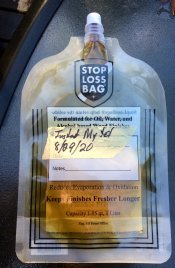Hi,
I'd like to replace XTOL by one Homebrew C-Developer I found at https://ascorbate-developers.blogspot.com/2011/03/recipes.html.
The block contains a lot of interesting recipes like, Fenomenal (PCB + Parodinal), LOMAD(Diafie clone, a XTOL clone using Fotoplex-2 etc).
Do you have some experience with those developers? I'd like to sort similar developers out in order to reduce the amount of films required for testing (measuring speed point, development times etc.).
best regards, Oliver
I'd like to replace XTOL by one Homebrew C-Developer I found at https://ascorbate-developers.blogspot.com/2011/03/recipes.html.
The block contains a lot of interesting recipes like, Fenomenal (PCB + Parodinal), LOMAD(Diafie clone, a XTOL clone using Fotoplex-2 etc).
Do you have some experience with those developers? I'd like to sort similar developers out in order to reduce the amount of films required for testing (measuring speed point, development times etc.).
best regards, Oliver


 I do believe though, that for "scientific" significance Mytol needs to be compared against fresh, full-strength Xtol. I suspect that Xtol-R output varies from person to person based on frequency of use, rate of replenishment, etc
I do believe though, that for "scientific" significance Mytol needs to be compared against fresh, full-strength Xtol. I suspect that Xtol-R output varies from person to person based on frequency of use, rate of replenishment, etc
